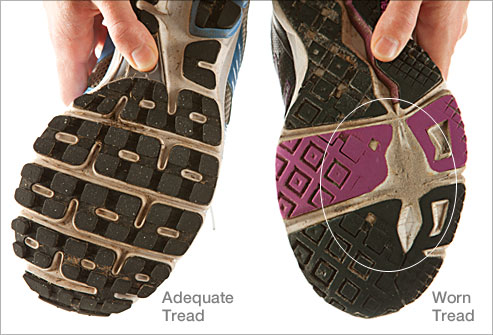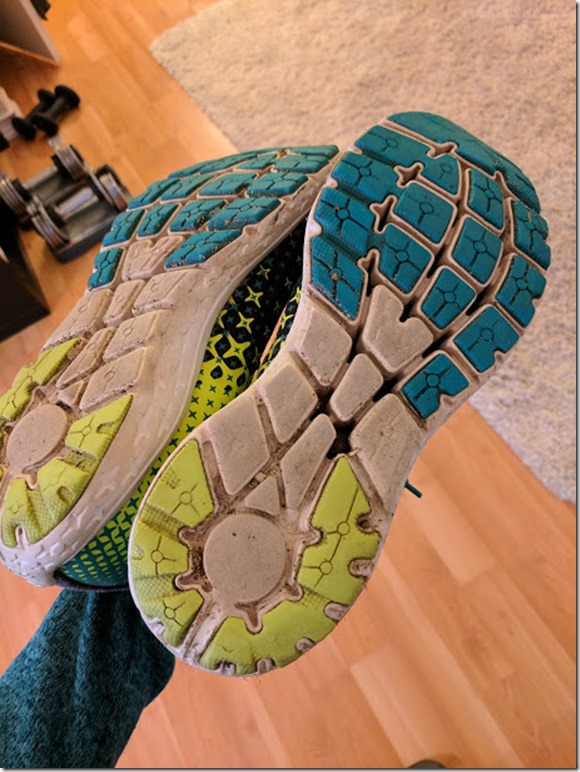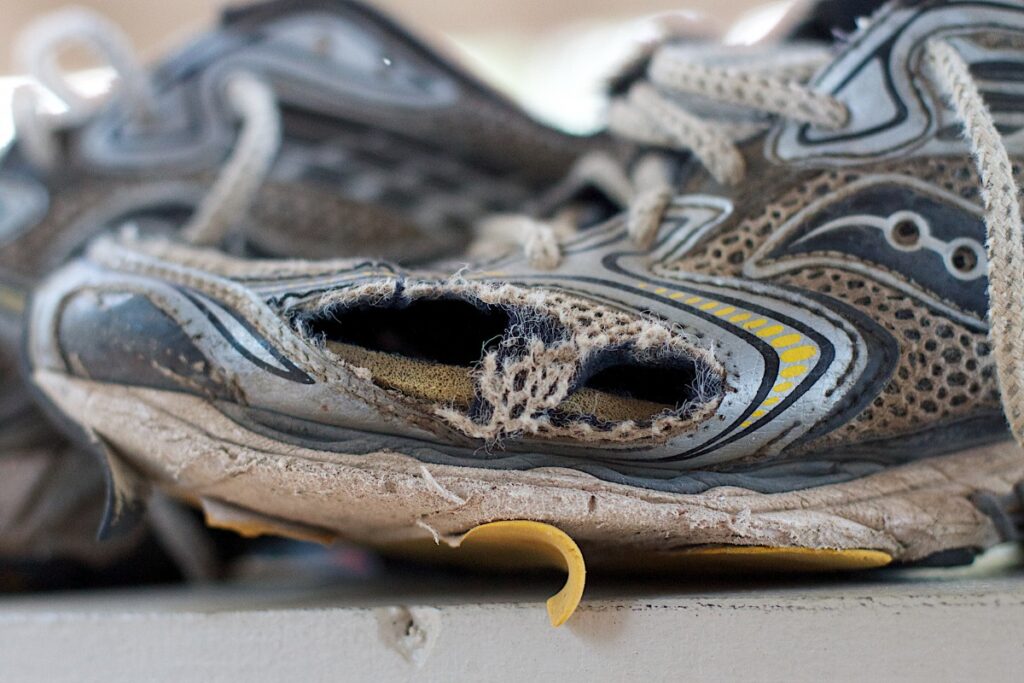Understanding the Lifecycle of Running Shoes
Running shoes are more than just a piece of athletic gear; they play a crucial role in your performance, comfort, and injury prevention. Understanding when it’s time to replace them can significantly influence how well you run and how you feel doing it. According to studies, shoes lose their effectiveness after approximately 300 to 500 miles of usage, depending on various factors such as the shoe’s material, the runner’s weight, and running style. Thus, knowing when to replace your shoes is essential for avid runners.
Real-world experience tells us that many runners often push their beloved shoes past their prime. A survey conducted by Runner’s World indicated that around 50% of runners hold onto their shoes well beyond the recommended mileage, which can lead to adverse effects like injuries and discomfort. This article will guide you through recognizing the signs that you need new running shoes and determine the best timing for your purchase.
Signs You Need New Running Shoes
1. Visible Wear and Tear
The first and most apparent sign that it’s time to retire your old shoes is visible wear and tear. Check the outsole of your shoes for patterns of wear. If you notice uneven patterns, it may indicate that your shoes are no longer providing adequate support. Check for cracks in the midsole or outsole; these can decrease cushioning and stability. Furthermore, any noticeable creases or loss of shape may indicate that the shoe has lost its structural integrity.
2. Discomfort or Pain During Running
If you’re experiencing discomfort or pain while running, it may be more than just an off day. As shoes age, their cushioning diminishes, leading to increased impact on your joints. If you notice recurring pain in your feet, knees, or hips, it may be a sign that your shoes no longer provide the support you need. Regular pain is not just a nuisance; it can lead to injuries if not addressed.
3. Mileage Accumulation
As mentioned earlier, most running shoes are designed to last between 300 to 500 miles. Keeping track of the mileage is crucial. If you run an average of 20 miles per week, that means you’ll need to replace your shoes every 3 to 5 months. Use apps like MapMyRun or Nike Run Club to track your distance and alert you when it’s time for a new pair.
Factors to Consider When Buying New Running Shoes
1. Your Running Style
Every runner has a unique style, which affects the type of support and cushioning you need. Runners can be categorized into three main foot types: neutral, overpronator, and underpronator (or supinator). Overpronators require additional support to prevent excess foot rolling, while underpronators may need shoes with more cushioning. Identifying your foot type is crucial when shopping for new shoes. A local specialty store can help you analyze your gait, or use online resources to determine your foot type.

2. Terrain
The type of terrain you typically run on significantly influences your shoe choice. If you run on pavement, you might prefer lightweight, cushioned shoes. For trail running, look for shoes with a rugged outsole and increased grip for better traction. A comparison table below illustrates the best types of running shoes based on terrain:
| Terrain | Recommended Shoe Type |
|---|---|
| Pavement | Road Running Shoes |
| Trail | Trail Running Shoes |
| Track | Track Spikes |
| Treadmill | Cushioned Road Shoes |

Common Running Shoe Myths Debunked
1. Shoes Should be Broken In
Many runners believe that new shoes need to be “broken in.” While it’s true that shoes may feel slightly stiffer when first worn, this shouldn’t be a painful process. If you experience discomfort, it’s a sign that the shoes don’t fit properly or aren’t suited for your needs.
2. More Expensive Equals Better Quality
While premium running shoes often come with advanced technology and materials, price isn’t always indicative of quality. Many budget-friendly options perform just as well as their high-end counterparts. It’s essential to focus on fit and comfort rather than brand or price alone.

Tips for Choosing the Perfect Running Shoes
1. Get Fitted Properly
When you buy new running shoes, always ensure you get fitted properly. Visit a specialty running store, where staff can analyze your foot shape and running gait. This personalized service can lead to better shoe choices and, consequently, a more enjoyable running experience.
2. Try Before You Buy
Always try on shoes before you buy them. Walk, jog, and jump in them to get a feel for their fit and comfort. Bring the socks you wear while running, and consider trying on shoes later in the day when your feet are slightly swollen, as they would be after a run.

Popular Running Shoe Models
1. Brooks Ghost
The Brooks Ghost series is favored for its balance of cushioning and responsiveness. It suits neutral runners and has been praised for its comfort during long runs.
2. ASICS Gel-Kayano
Known for its superior arch support, the ASICS Gel-Kayano is ideal for overpronators. Its durable construction ensures longevity, making it a wise investment for heavy runners.

Pros and Cons of Popular Models
| Model | Pros | Cons |
|---|---|---|
| Brooks Ghost | Comfortable, Versatile, Responsive | May lack support for heavier runners |
| ASICS Gel-Kayano | Great for overpronation, Durable | Higher price point |
FAQs About Running Shoes

1. How often should I replace my running shoes?
It’s generally recommended to replace your running shoes every 300 to 500 miles, based on your running habits and shoe construction.
2. Can I wash my running shoes?
Yes, but it’s best to hand wash them with mild detergent and air dry them to avoid damaging the materials.

3. How do I know if a shoe is the right fit?
A properly fitting shoe should have about a thumb’s width of space between your longest toe and the shoe’s front. It should feel snug but not tight in the midfoot and heel.
4. What should I do if my new shoes cause blisters?
If new shoes cause blisters, it may be due to an improper fit. Consider trying a different size or brand, and ensure you have the right socks.
5. Should I wear the same shoes for training and racing?
It’s often beneficial to have different pairs of shoes for training and racing. Training shoes typically offer more support, while racing shoes may be lighter and more responsive.
6. Are there specific shoes for different weather conditions?
Yes, consider waterproof shoes for wet conditions and breathable shoes for warmer months. This can help improve comfort and performance.
7. What are the best shoes for beginners?
Beginners may benefit from cushioned and supportive shoes, such as the New Balance Fresh Foam series or the Nike Air Zoom series.
8. How can I extend the life of my running shoes?
Rotate between multiple pairs of shoes, keep them clean and dry, and avoid wearing them for non-running activities to extend their lifespan.
9. Do I need special socks for running?
It is recommended to wear moisture-wicking socks designed for running to minimize the risk of blisters and keep your feet dry.